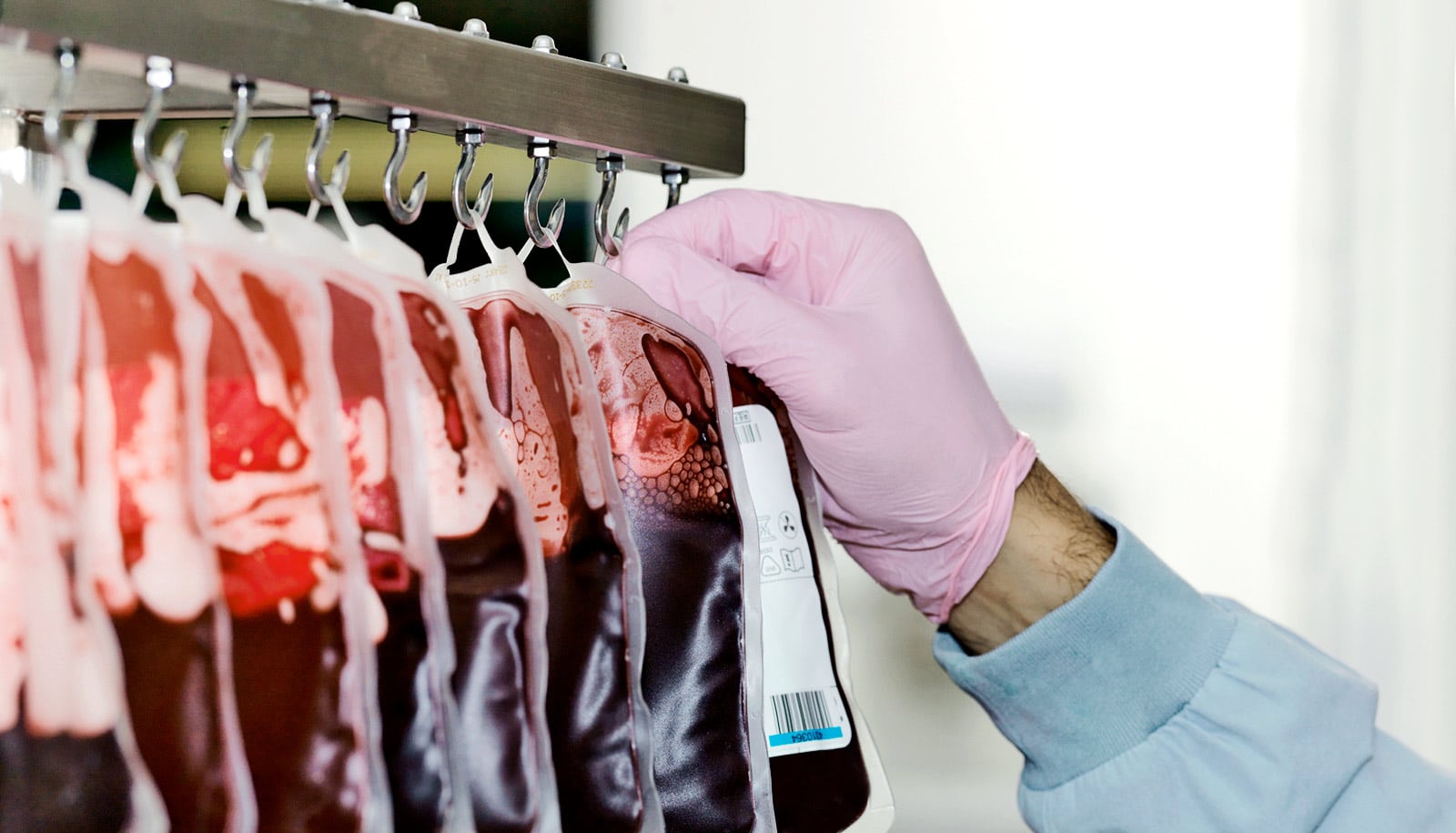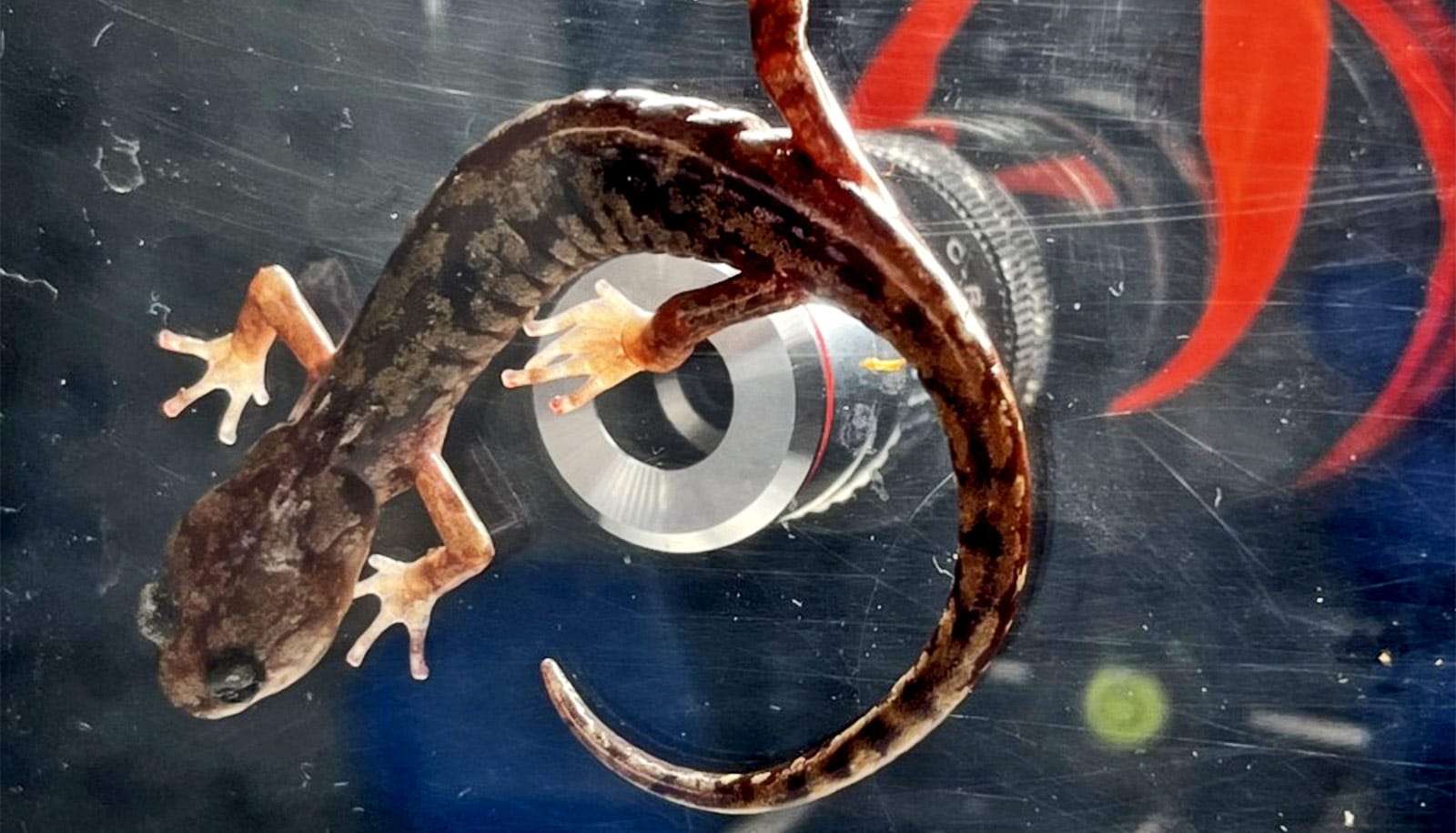White blood cells—usually thrown away after blood donation—may offer insight into how the human body fights off harmful bacteria, according to a new study.
The findings could lead to a better understanding of how certain medical therapies work, says Adam Barb, an associate professor of biochemistry, biophysics, and molecular biology at Iowa State.
As reported in the Journal of Biological Chemistry, Barb and his colleagues focused their research on one particular protein that forms on the surface of white blood cells. This protein binds with antibodies when infections arise, triggering an immune response.
When researchers want to study this protein, they often obtain material through a technique called recombinant protein expression to synthesize enough of the protein for an experiment to proceed.
“But there was no guarantee that those techniques give you the same thing as what’s actually produced in the human body,” Barb says.
To fill in the blanks between the synthesized protein and the genuine article, researchers turned to LifeServe Blood Center, a nonprofit blood bank that serves hospitals in Iowa, Nebraska, and South Dakota.
When donors give platelets, the blood passes through a filter that captures certain cells and then most of the material returns to the donor’s body. The byproducts that remain in the filters are usually discarded, but those byproducts include the white blood cells that interest Barb. He asked LifeServe if his team could use those leftover donor cells in the research, and the answer was a swift affirmative.
The analysis found key differences in the donor-provided material and the cells produced through recombinant protein expression.
Reindeer’s blood donation saves his brother’s life
“We learned there were some differences in how one protein was expressed,” Barb says. “We were surprised that the recombinant procedure doesn’t perfectly recapitulate what our body produces.”
The study looked at a protein known as CD16a, which is expressed on the surface of white blood cells. When the human body detects the presence of an infection, such as a harmful bacterium, the CD16a protein binds with an antibody known as immunoglobulin G, initiating an immune response to fight the infection.
The researchers found the proteins expressed in the donor-provided material formed less elaborate variations than recombinant material, leading to a more direct binding.
The findings could have implications for human health, Barb says, because immunoglobulin G forms the basis of many immunotherapies that combat cancer and immunodeficiency, among other diseases, Barb says.
Source: Iowa State University



